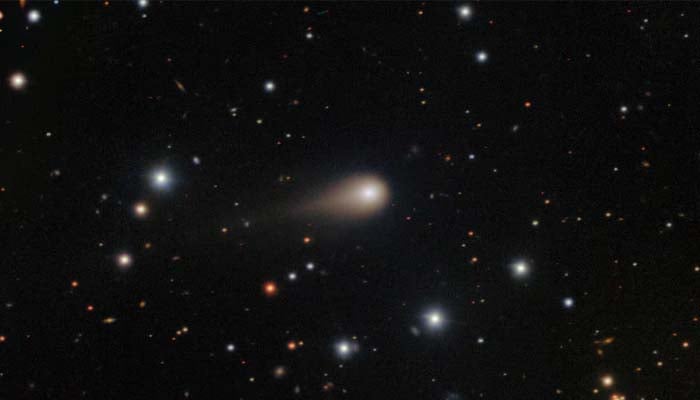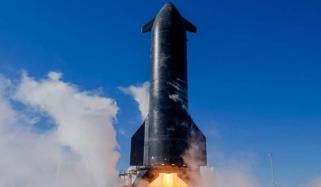
On a typical Martian day, NASA’s MAVEN spacecraft studies Mars’ atmosphere to understand how the planet became so barren.
However for 10 days starting 27 September 2025, MAVEN started observing the interstellar comet 3I/ATLAS.
During October, 3I/ATLAS moved behind the Sun from Earth’s perspective, making it impossible to observe from ground- or space-based telescopes near Earth.
Scientists depended on spacecraft across the Solar System to track the comet. ESA’s Trace Gas Orbiter and several NASA solar missions, including STEREO-A and SOHO, captured a few photos that assisted in refining the comet’s trajectory.
Moreover, MAVEN observed 3I/ATLAS using its Imaging Ultraviolet Spectrograph (IUVS). The spacecraft captured quality images that revealed the presence of hydrogen and other molecules in the comet’s coma.
These essential details assisted scientists in better understanding the comet’s chemistry and composition.
According to MAVEN principal investigator Shannon Curry, the initial results are “incredible,” with more analysis to come.
The detection of hydroxyl gas, provided clues of water. When the comet was passing to Mars, MAVEN mapped atoms and molecules such as hydrogen and hydroxyl in its coma.
One image released by NASA shows distinct sources of hydrogen around 3I/ATLAS: from the comet itself, from Mars, and from interplanetary space.












